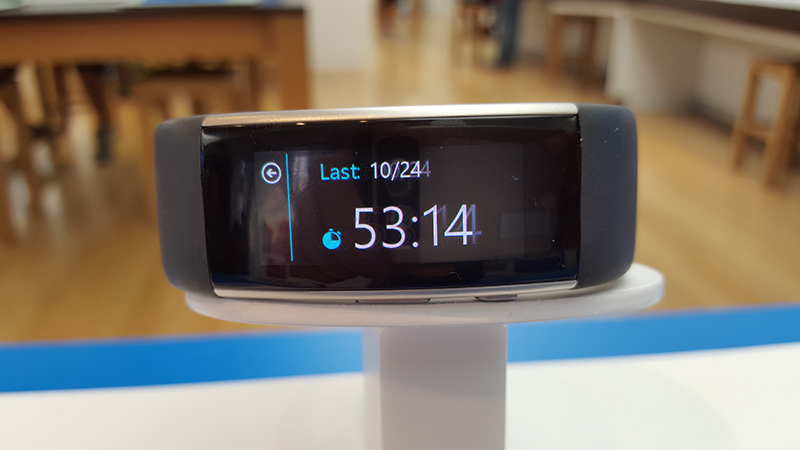With the growing popularity of wearable devices that monitor activity-related information, such as heart rate and caloric burn, wearables are now making inroads into clinical applications, with devices for monitoring blood glucose levels and dispense drug, insulin etc. These devices lessen the patient’s time in medical facilities and reduce healthcare costs.
Read more Enabling Tech: Silicones and Adhesive Solutions for Wearable Devices
To deliver accurate results, these devices need to be stable, safe for skin contact, and unobtrusive, and that has increased the need for high performing adhesives for wearable devices.
ECN Magazine reports on a study to assess the adhesives’ optimal use on wearables.
The engineers used the same control adhesive/substrate combination throughout all studies. The control was a nonwoven polyester fabric coated with 2 mil thick acrylic adhesive currently used to adhere a commercial insulin pump to the abdomen of patients.
Four different adhesives were used on the study participants. Each enrollment is defined by the substrate that the adhesives were coated onto (Table 1). The substrates were chosen due to their commonality of use in the medical adhesive market, range of material composition, thickness, and Moisture Vapor Transition Rate (MVTR).
Five different proprietary acrylic adhesives (referred to by letters A-E) chosen for their previous use in skin-contact products were coated onto the substrates for this study.

The researchers enrolled ten participants for each substrate phase of the study. Participants were screened to make sure that they did not possess any documented allergies or skin characteristics that could impact the study results. Participants were told to continue their daily activities, but avoid scrubbing the samples during bathing or exposing the samples to creams, moisturizers, and/or ointments.
Each participant had 8 round (1 1/8 in./29 mm diameter) samples placed on the inside arms. These were spread out so that two samples each were on the right lower, right upper, left lower, and left upper arms.
Each participant had five different samples (1 control and 4 test adhesive samples). These five sample constructions were distributed across the eight test sites per participant, such that each participant wore either one or two patches of each sample construction.
Read more Flexcon Eyeing Opportunities in the Wearable Device Market
Every Monday, Wednesday, and Friday up to at least 18 days after affixing of the samples, the participants were questioned as to the loss of samples, along with the number of hours that the sample sites were exposed to sweat and bathed, according to the ECN Mag report.
Findings
The researchers didn’t find any difference in the effect of sample location, age, gender, hours of sweating or bathing on the wear duration of the samples.
Differences were found in the wear duration for samples of the different adhesives on the same substrate.
A wide range of wear durations was observed depending on the acrylic adhesive/substrate combination.












